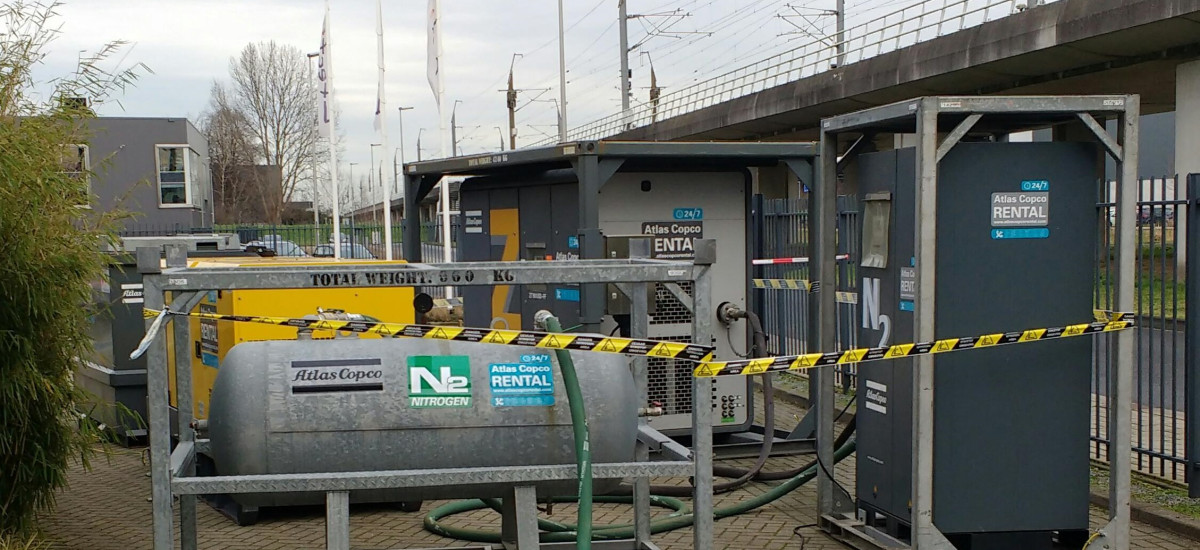1/3/2020
Hypoxic fire prevention systems provide a mean of inhibiting the development of flaming fires and thus preventing fires from causing significant damage. They differ from fire-extinguishing systems in that they provide a continuous level of prevention rather than a discharge of extinguishing agent once a fire has been detected.
Normal air is a mixture of oxygen and nitrogen together with small quantities of argon, carbon dioxide and other gases. Oxygen is the critical element that supports both life and combustion. When the oxygen content is intentionally lowered for special applications, the resulting gas is called hypoxic air or low-oxygen air.
Efectis has carried out in his Dutch laboratory (Bleiswijk, The Netherlands) fire tests to determine the ignition-limiting oxygen threshold on stored items according to:
- Anhang 2 of TRVB S 155 “Anforderungen an Ausführung, Errichtung und Betrieb von Sauerstoffreduktionsanlagen (SRA) mit Stickstoff in Gebäuden aus brandschutztechnischer Sicht”
For this project a test room measuring 5.0 m x 5.0 m x 4.0 m (l x w x h) with an internal volume of approximately 100 m3 was created. The room was equipped with a nitrogen generator, a heating system and ventilation system. Glass windows were present in three walls, for observation purposes, and the room was also fitted with two circulation fans for mixing inlet nitrogen in the hypoxic environment.
The oxygen content in the room was regulated by the controlled introduction of nitrogen. The oxygen content in the room was measured at three locations using oxygen detectors. The detectors were mounted at 0.4 m, 2 m and 3.6 m height and at a horizontal distance of 1 metre from the fire source. Readings were sent radiographically to a central receiver for storage. The oxygen level was adjusted between 13 – 21%.
The fire source – a steel sheeted fire tray with dimensions of 250 x 250 x 50 (l x w x h) – was located in the centre of the test room. A steel wire mesh with mesh openings of 50 x 50 mm was present 300 mm above the fire tray. The specimen to be tested was placed on the mesh. The fire source used was methanol: 300 ml for each test. After three minutes burning the fire tray was covered and observations were made of the burning behaviour of the tested items.
The principal criterion was that the tested item should stop burning independently within 60 seconds after the fire source was extinguished. After a successful test using a particular oxygen level the test was repeated twice more. A series of three consecutive successful tests was considered to be a positive result.
Contact: Peter Reijman – [peter.reijman@efectis.com]

